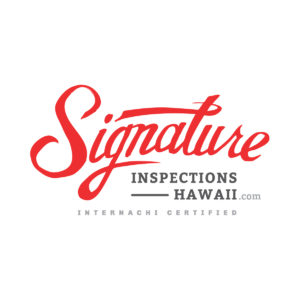
Four Ways to Buy a Foreclosed Home
- A presale is when the prospective buyer negotiates with the current owner before the house is foreclosed upon. Presale discounts can be considerable, but communicating and reasoning with the owner isn’t always easy; they might have legal problems, lost their phone service or electricity, or greet you with suspicion, having already been hounded and threatened by creditors. And after time and energy have been invested, the deal can fall through if the owner comes up with the money to repay their debt, or for any number of unexpected reasons. With persistence, however, the seasoned real estate investor can profit from presales. To find out about presales, you can try one of the following avenues:
- Ask your local county court how to search new notices of default.
- Find out if the County Recorder has data available online.
- Look in the “legal notices” section of the newspaper for properties that are coming up for sale at public auction. Take note of the address, the property owner’s name, the tax ID, and whatever other information is contained in the ad.
- A foreclosed home may be sold at a public auction, in which buyers can expect a discount of 10% to 25% of market value. Interested bidders are generally required to show proof of financing, and must have a minimum cash deposit before they are qualified to bid. It might be impossible to gain entry to inspect the interior, too, which makes this type of purchase risky. The local building department may have permit records that can clue you in to the building’s layout and appearance.
- A real estate-owned (REO) sale is a transaction where a foreclosed house is purchased directly from the bank. These properties typically wound up in the bank’s portfolio after failing to sell at auction. REO investments are relatively safe, as there are no tenants to evict or hidden liens and, unlike properties sold at public auction, buyers can usually receive a mortgage to pay for them. And purchasers might even get an unused house; the slow economy has left many builders at the end of their construction-loan periods without finding buyers for the homes, in which case the bank will foreclose on the brand new homes. Unfortunately, REOs are usually offered at near-market prices to recoup the costs of property taxes, maintenance and legal fees. To find REOs, try the following:
- Check lenders’ websites, as they may have a list of their REOs, along with contact information for the appropriate real estate agent.
- Call lenders and ask to speak to someone who handles their foreclosures.
- Check newspapers.
- The Department of Housing and Urban Development has tens of thousands of HUD homes whose previous owners defaulted on federally issued loans. After a period during which local governments gain exclusive buying privileges, they become available to individual buyers who pledge to live in the property. After another 10 days, investors may bid on the property. It’s difficult to make a profit on these houses, as HUD releases them at near-market values.
Tips for Foreclosure Purchases
- Invest time in research and preparation. Those new to the field should spend some time learning the variables of foreclosure investing before making any purchases.
- Budget carefully to prepare for the unexpected. The house may require unforeseen repairs, such as a leaky roof or unstable deck. The price tag of the home itself is often just the first of a series of fees. What if you planned on rental cash flow to cover the mortgage, but you can’t find a tenant?
- Avoid buying a foreclosure sight-unseen. Try to see the house yourself before buying it, or hire someone to evaluate at it in your absence. Distant investors are buying up properties unseen in bulk, and they’re often unpleasantly surprised at how much they’ve been misled.
- Evaluate the neighborhood. If the foreclosure is rife with problems, but it’s in a desirable area with high property resale values, it may still be worth it to make a low offer. An area with several foreclosures or a high crime rate can undermine an otherwise good deal, however.
- Consider how long the house has been vacant. Building damage – and the costs required to make the house livable – generally increases with the time that has lapsed since the last tenant vacated. Pests are a particular issue in houses that have been empty for a long time, and plumbing defects and leaks increase in likelihood in such homes, as well.
- Examine the landscaping. Left unchecked, trees can send their roots into the foundation, and vines can creep into the windows.
- Has the house been professionally inspected by an InterNACHI inspector? Foreclosures can be notorious for damage suffered at the hands of past tenants, through both inadvertent and intentional vandalism and theft.
Signature Inspections Hawaii, LLC, is FULLY Insured & “NATIONALLY CERTIFIED” by InterNACHI. InterNACHI also requires inspectors to continue their education through accredited courses, conferences, online learning, etc… and annual Inspector Certificate Testing in order to hold a current certificate.
Contact Us Today || Book You Inspection Now
808.388.3425
Trevor Drinen | CPI Certified Professional Inspector # NACHI16122702
*For a more detailed explanation of the inspection process please feel free to visit: InterNACHI Residential Standards Of Practice and InterNACHI Code Of Ethics .









